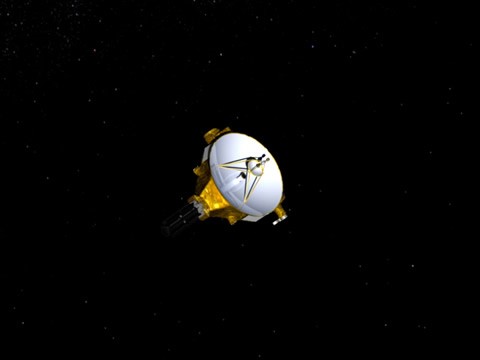
On December 6, 2014, the New Horizon spacecraft will wake from its hibernation. The craft has been Pluto-bound since it launched in January 2006 and after spending over 1,870 days in hibernation (two-thirds of its flight time) across 18 separate instances of hibernation, NASA will wake the beast one final time.
The craft has traveled nearly three billion millions over the course of the last eight years on route toward Pluto. With the exception of the flight computer that monitored system health and broadcasted weekly status reports back to Earth, the craft was predominantly unpowered. Operators typically woke New Horizon twice a year to verify critical systems, calibrate instruments, gather science data, and practice Pluto-encounter activities.
As a matter of fact, NASA’s entire hibernation practice stems from experimentation carried out in New Horizon expedition. The expedition discovered that hibernation can reduce the wear and tear on electronics while simultaneously freeing up the space agency’s network resources for other missions.
When the call goes out next month, it will take New Horizon’s “active” signal four hours and twenty-five minutes to Earth, even when traveling at the speed of light. It will begin observing the Pluto system beginning Jan. 15, 2015 and continue until July 2015. A seven-instrument payload composed of advanced imaging infrared and ultraviolet spectrometers, a compact multicolor camera, a high-resolution telescopic camera, two powerful particle spectrometers, a space-dust detector, and two radio-science experiments will be used for experimentation.
Source: Phys.org
Advertisement
Learn more about Electronic Products Magazine





